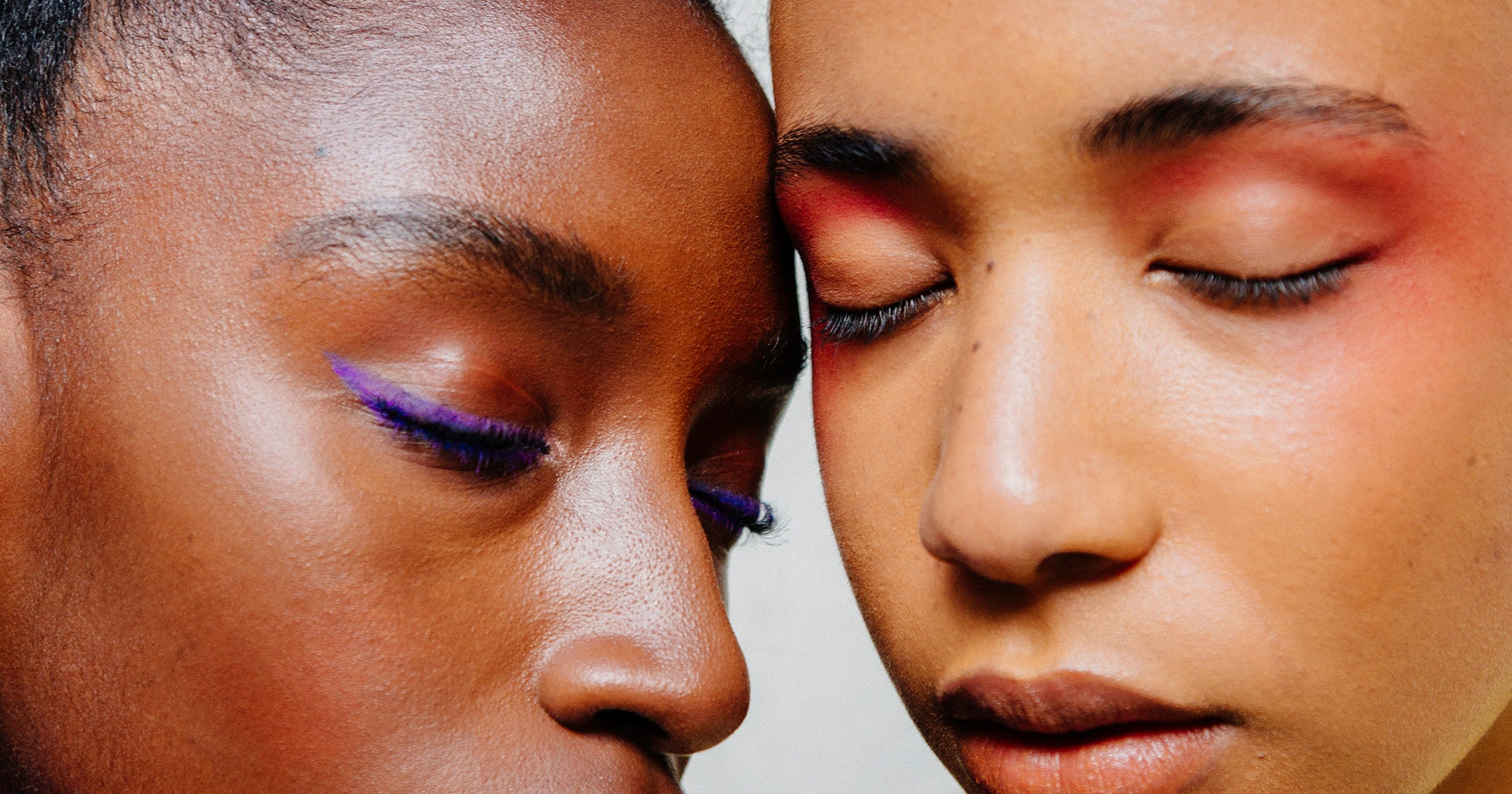Basically, your skin tone is composed of two elements: shade (i.e. fair, light, medium, tan, dark, or deep) and undertone, which indicates the warm, cool, or neutral tones within one’s skin colour. “When you look at somebody straight on, you’re basically looking at the top tone, but then looking underneath and from the side at different angles, you start seeing the different complexities to the undertone and the top tones,” says Kia Ragland, director of product development at Kylie Cosmetics & Skin. “You want them all to align properly to match you.” It’s especially important to know your undertone when choosing complexion products, but it can also help when it comes to colour products like blushes and lipsticks to ensure a balanced, harmonious makeup look. When I was hunting for the perfect pink lipstick last summer, for example, I had to accept that my undertone was causing the shade to change significantly from the tube to my actual face, and adjust accordingly to make it work for me.











